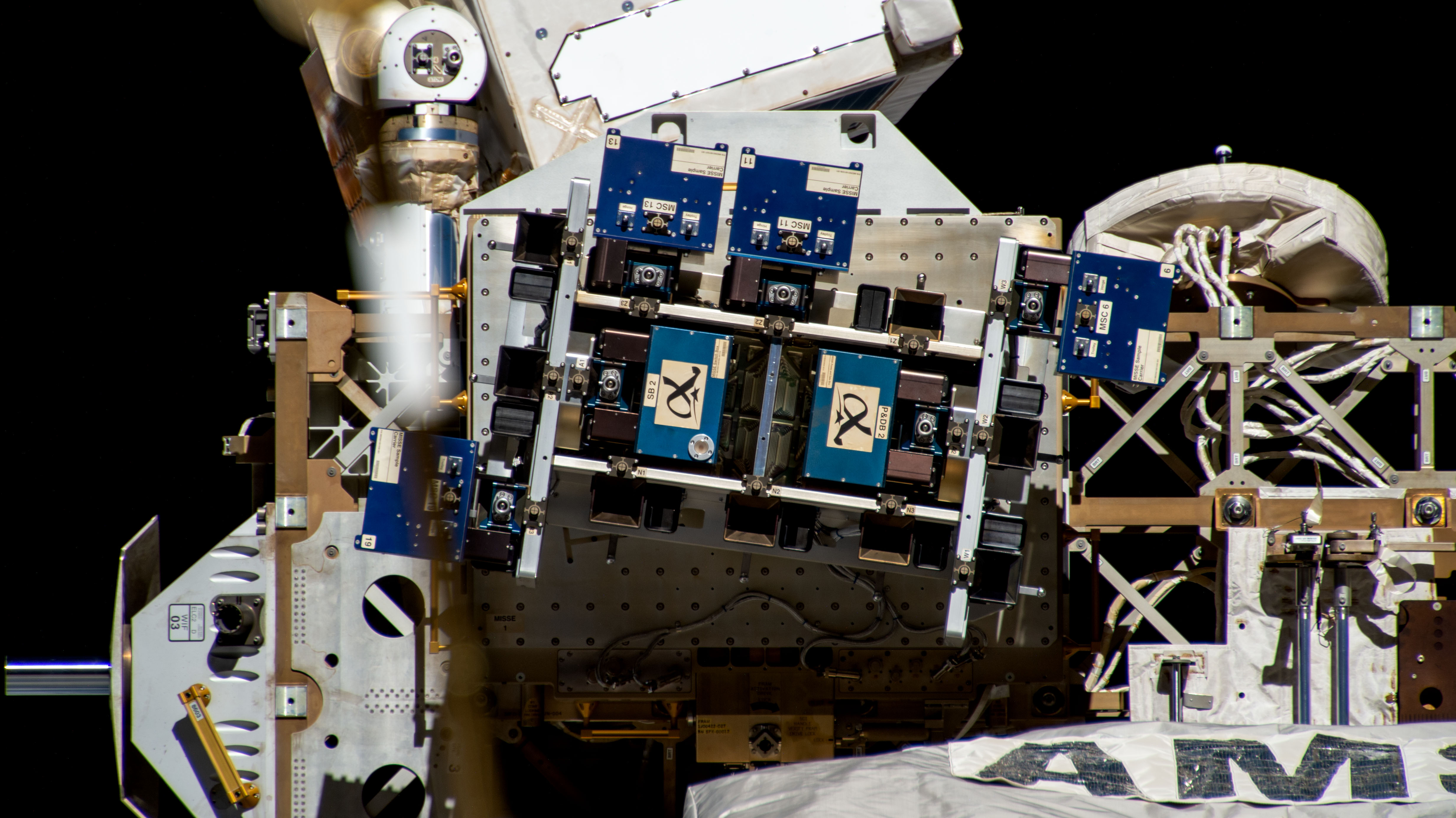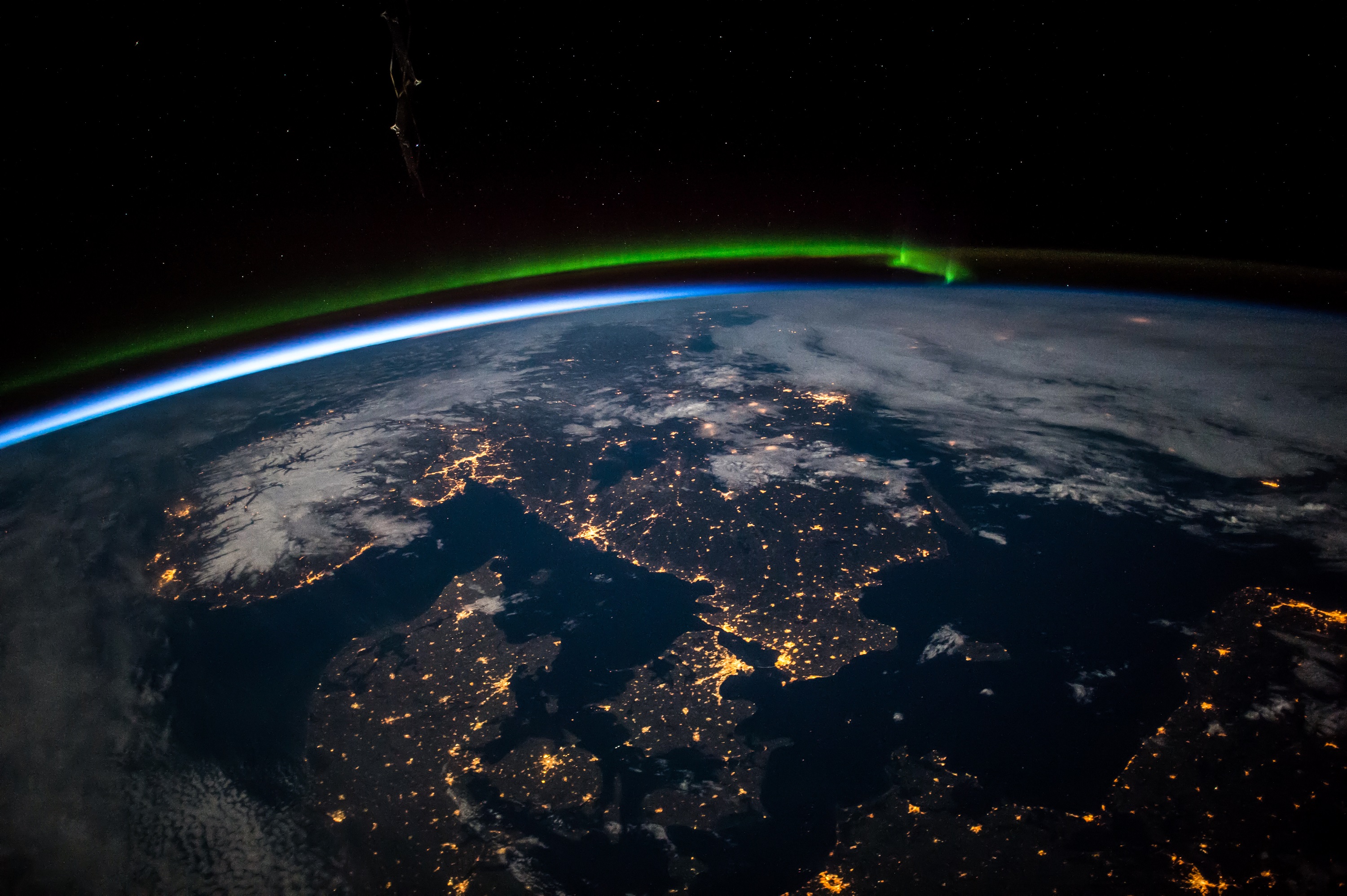

Case study to validate a newly developed ultraviolet (UV) detector in a harsh space environment and commercializes it as a remote sensing application.
Ozark Integrated Circuits, Inc. (Ozark IC), headquartered in Arkansas, USA, has developed an ultraviolet (UV) detector that can operate in harsh environments.
Ozark’s UV detector incorporates a system called UV eXtreme Node (UV XNode™), a technology which features high responsiveness and eliminates the needs for signal amplification that is required in today's standard UV detectors, resulting in significant cost savings. It is expected to be used as an useful and cost-effective UV detection system in remote sensing applications, such as detection of oil spills in the ocean and early detection of fires in remote areas. However, it was necessary to test the UV XNode™ in the harsh environment of space to validate its utilization as a remote sensing application.

Copyright of Image: NASA
The Low Earth Orbit (LEO) environment in which MISSE is located, is a very harsh environment with extreme day and night temperature differences, unfiltered UV radiation, ionizing radiation, and with exposure to highly reactive atomic oxygen.
In late 2018 and early 2020, UV XNode™ has been installed and validated in MISSE for a year, and the results confirmed that the UV XNode™ performs identically in space as it does on Earth.
This is a case study on how a highly reliable product development through verification in a harsh environment that is difficult to simulate on the ground, has been achieved. Learn more about MISSE
Source: ISS National Lab - Extreme Electronics: LEO as the Ultimate Technology Proving Ground



